On Murcia’s Monastrell Wine Route Through Jumilla, Bullas and Yecla
This website uses affiliate links which may earn a commission at no additional cost to you. As an Amazon Associate I earn from qualifying purchases.
Updated: 10th December 2020
The thought of travel to Spain stirs up a lot of inspiration. The fascinating and outlandish architecture of Gaudi, the imposing and impressive Moorish Alhambra, the rugged mountains of the north and the seemingly never-ending famed coastline of golden sands. But Spain is as much about the experiences as about witnessing, and you can’t talk about Spanish experiences without turning discussions to food and wine.
Cuisine and vinification are at the very soul of this country, from the leisurely morning café con leche catching up with compatriots, to the indulgent lunches which bring families and friends together. Playing a starring role for centuries on the Spanish tables are the country’s great wines – Rioja, Cava, Albariño – all of which are famous across the world.
Lesser-known internationally is Monastrell, a rich ruby red hailing from the Region of Murcia. Both delicious and affordable, this low-sprawling grape is mainly harvested in three Denominación de Origen in the region, which when combined make up the Murcia Wine Route. If you are looking for a lesser-known grape and a lesser-visited destination, it’s time to turn your attention here.
Hop between uncrowded wine cellars, indulge in lavish tasting and pairing menus at reasonable prices, and meet first-hand the wine-makers of this arid, dry region – the micro-climate very much giving the grape it’s a unique flavour.
Spanning across the municipalities of Yecla, Jumilla and Bullas, this wine route will take you from traditional underground cellars to modern and funky wine producers. It’s fair to say that Monastrell has become one of my favourite wines, in fact, it’s the only wine I regularly get imported to enjoy at home.
Agriculture has always been a huge focus in the Region of Murcia and is an impressive achievement given the arid soil. In the 17th-century orchards starting to convert to vineyards, however, it’s still often called ‘Europe’s Orchard’ due to the sheer number of fruits grown here. While whites and roses are on the menu, it’s the red wines that really shine here.
Wine events are held year round depending on the season. From one of the longest harvests in Spain (usually late August to early November) to Tapas Months and Easter Celebrations, timing your visit to the Murcia Wine Route to include one of these events is very advisable.
Here’s a quick guide of my favourite vineyards, and places to stop on the Murcia Wine Route.
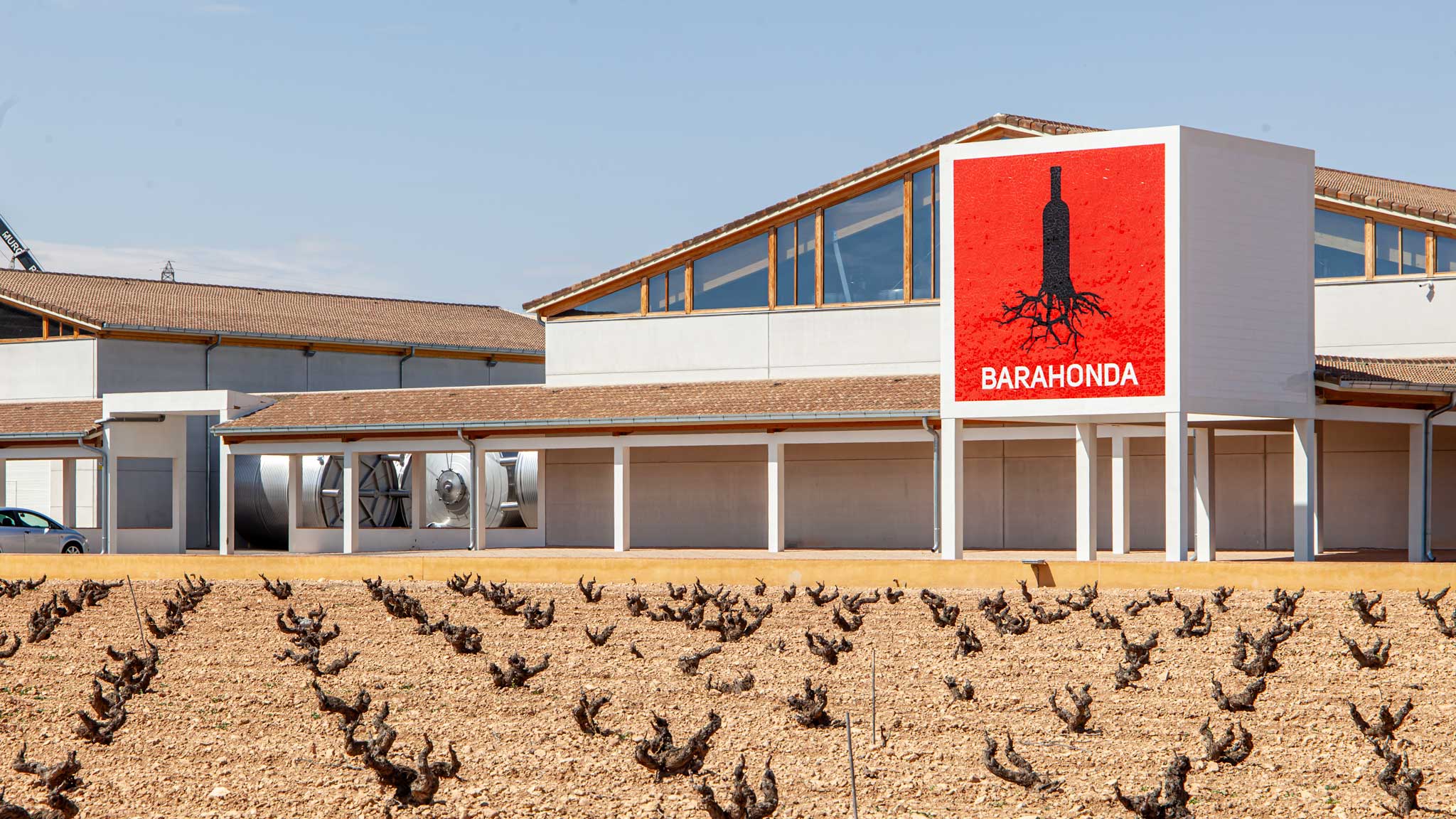
Yecla
Located in the northeast of Murcia, we started our Murcia Wine Route self-driving tour here. This is because we planned for a late boozy lunch at a restaurant in Yecla, so booked a night close by so we didn’t require to drive, taxis are available in all the communities – please be responsible when tasting and driving.
The Denominación de Origen of Yecla is a dry area like much of Murcia, categorised by the long hot summer days and the cold winters. We visited in Spring, and while this is an affordable time to visit, don’t expect picture-perfect photos of the vineyards. Monastrell grows low to the ground and spreads out, so after the harvest, when the vines are bare, you’ll see rows and rows of stumpy looking trees and not much else – although the Almond tree blossoms are a beautiful sight to make up for this.
The majority of the wine produced in Yecla is Monastrell, with some other groups and whites produced although these are harder to find. Yecla itself is my favourite place on the wine route, with some cute bars, great taps, and a nice town as well as the wineries.
Barahonda Winery
While it was our second stop of the day, Barahonda was by far my favourite winery experience on this trip so I’ll mention it first.
Located just outside Yecla centre, this beautiful estate has been family-run for close to a century. They have a 150-hectares growing area, a wonderful tasting room, and offer tours of the modern bottling facilities – the bonus is the award-winning restaurant. Even with such a large area, they still buy grapes from local vineyards to support their production. This is due to their main focus on Monastrell as a premium quality grape, and to meet their growing export demand – now above 90%.
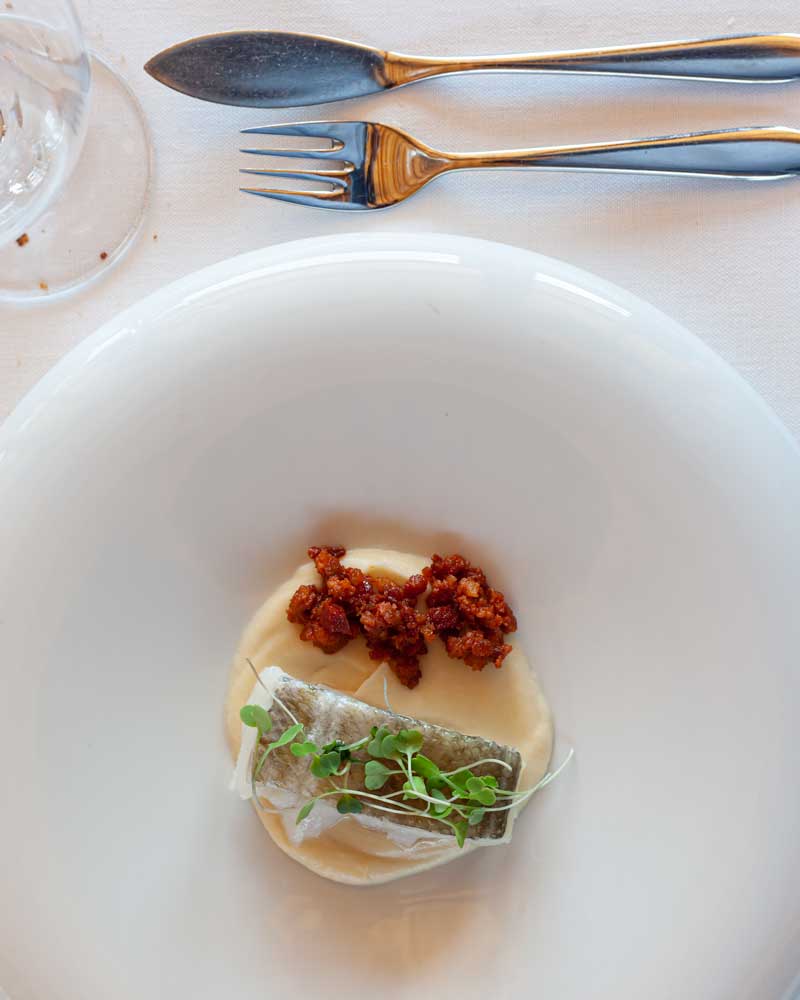

The family-run winery produces mainly Monastrell, but also has one white and one rose on its books. Antonio and Alfredo, the sons of the founder now run the business, and I was lucky to spend some time with Sandra Puche, an expert on Barahonda as she took me through the estate.
With a mix of French and American oak accompanying their stainless steel vats, the flavours of the 15 different reds at Barahonda all speak for themselves. A particular focus here is some of the organic and vegan wines produced, with attention to details such as cotton labels on the organic wines.
Upstairs at the Guia Sol awarded restaurant you are in for a treat, with extensive tasting and wine pairing menus and our lunch was an unbelievable €40 – a far cry from what you might pay in the Rioja region or France for example.
The 6-course lunch, with wine pairings, featured local dishes presented in creative ways, from the most delicious cod I’ve ever eaten (sorry to any Portuguese reading!) to the unique ‘desert room’ where you could choose from an array of wine deserts, Barahonda is an absolute must-visit on the Murcia Wine Route.
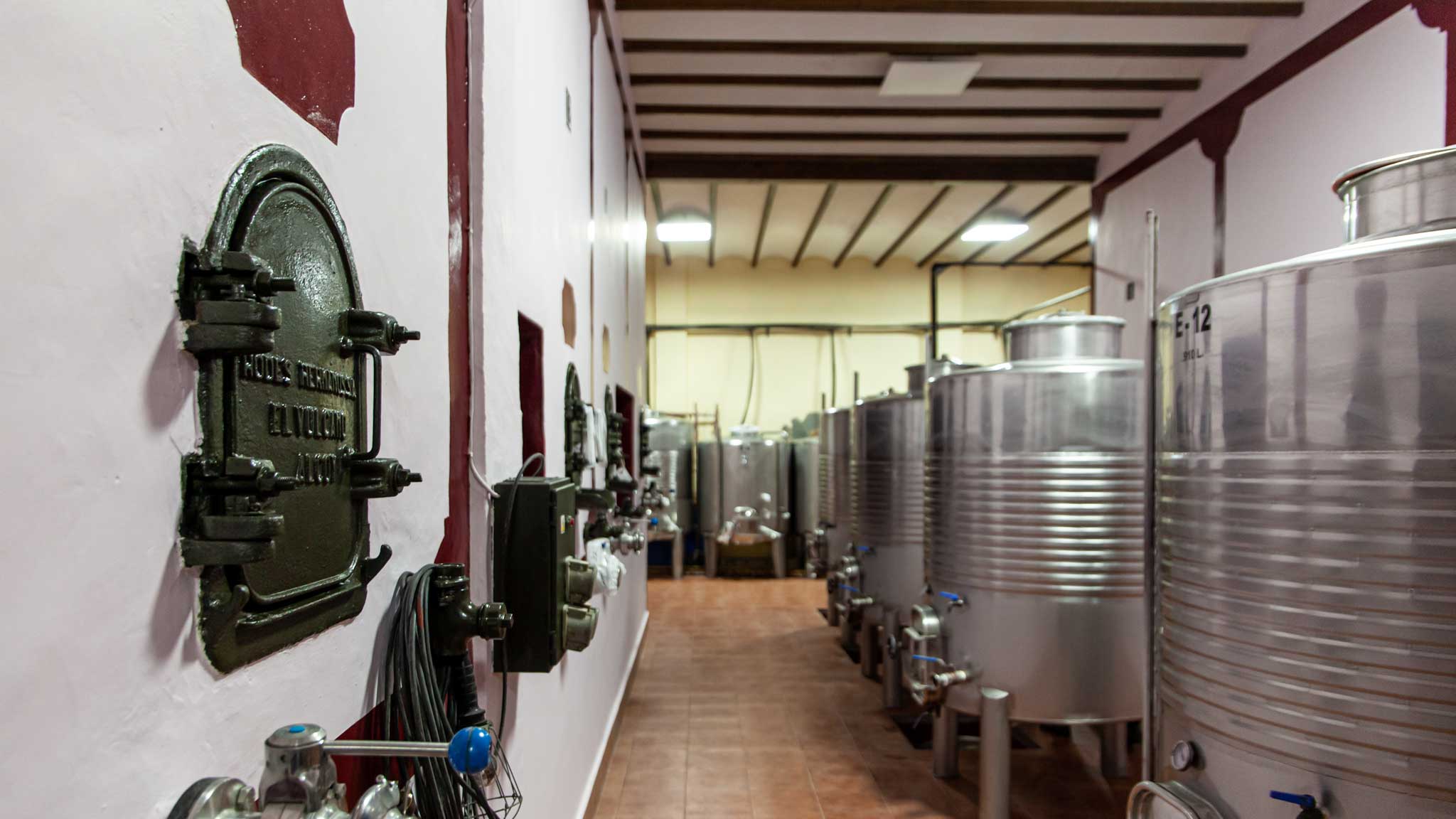
Castano Winery
Before visiting Barahonda, we stopped by Castaño Winery located in Yecla itself. This makes it easy for those who don’t want to drive, as you can simply walk there.
Our guide, Raquel Ortuño, who has taken care of the wine tours and tasting for over a decade, led us around the tour of the Bodega which lasted about 90-minutes.
Visiting the production areas and tasting rooms, you can see some of the original vats built into the wall and ceiling, before sampling four of the estates best wines.
Be sure to sample the 100% Monastrell wine Hurcula, which is the Roman name for Yecla – this is one of my go-to wines now, as my local supermarket now stocks it. It’s a great pairing with meatier meals.
To visit the vineyards of Castaño you can take a driven tour for around 10-kilometres out of the town, and the sweeping vistas of the vines against the mountains are one of the most beautiful you’ll see.

What else to visit in Yecla
During my visit, I was lucky enough to enjoy the Yecla Tapas Route, an annual festival where local restaurants offer a glass of indigenous wine, and a good-sized tapas dish for a wallet-friendly €2.50. Be sure to pick up your ‘passport’ and work your way through all the participating restaurants, stomach allowing, as the food was extraordinary quality and value throughout the Murcia region – it was a bit of a challenge after our late lunch at Barahonda, but we rose to it.
Around the town, there are a few cultural attractions of note. The imposing and beautiful Basilica of La Purísima is worth a visit, while a stroll around the quiet and quaint streets will take you past small churches, and green plazas.
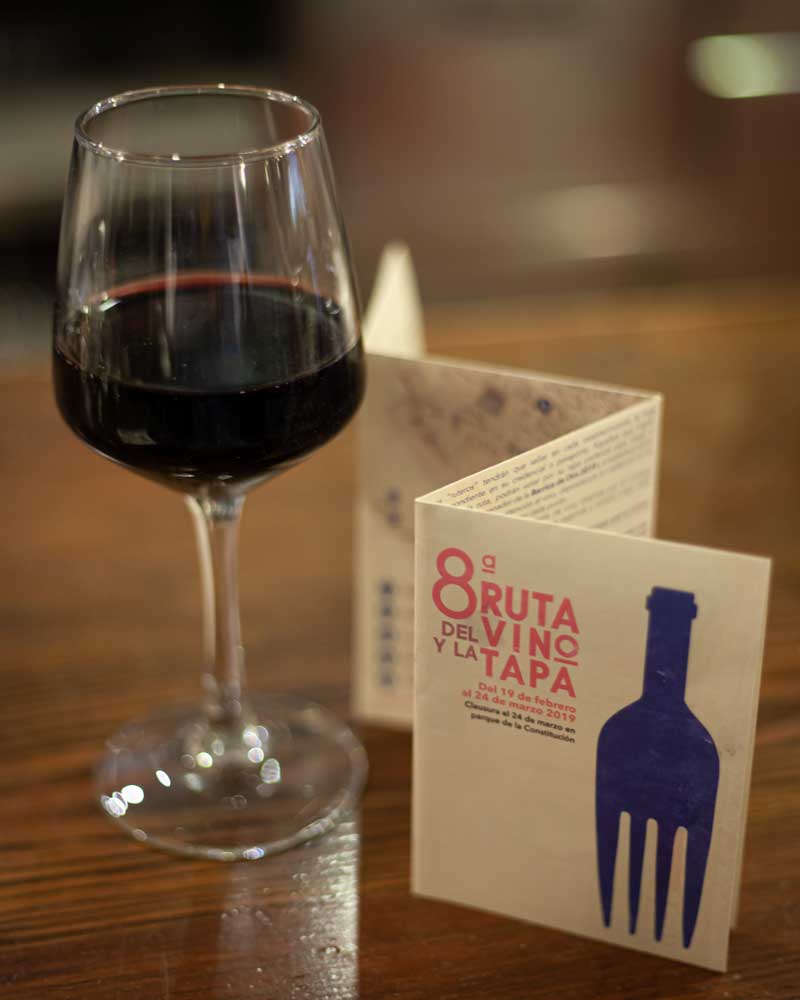
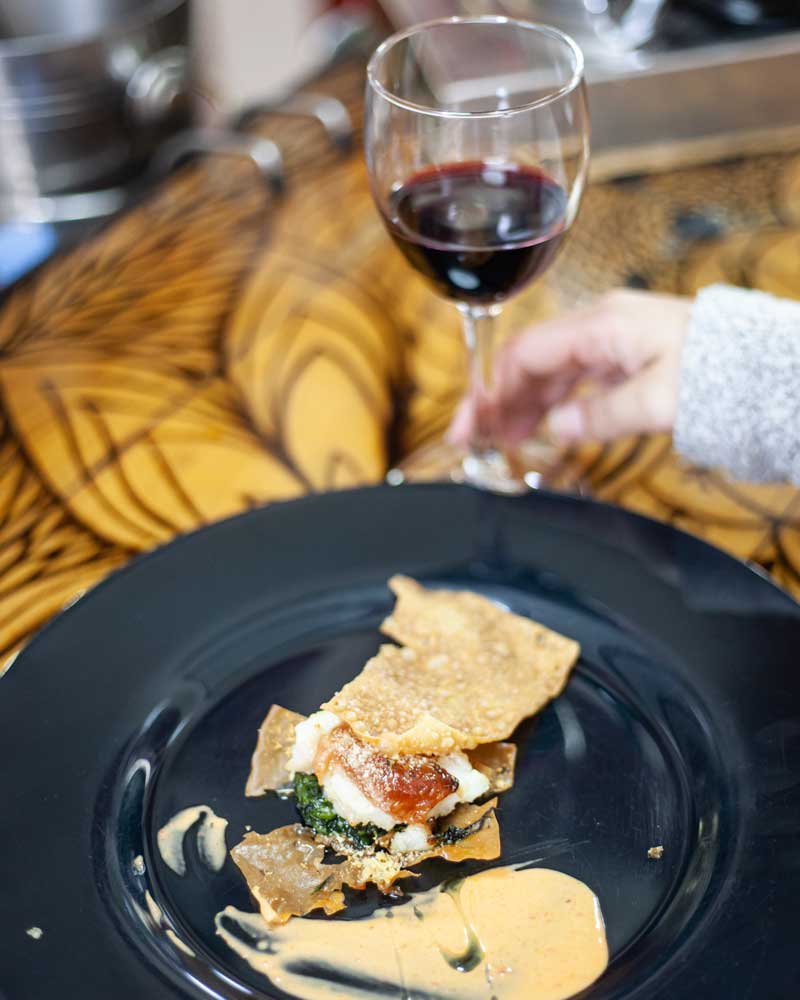
Where to stay in Yecla
Wanting the full winery experience, I booked us into Casa Rural El Llano Quintanilla. Located a bit out of the centre, this did mean a taxi was needed, but if you want a characterful apartment with a couple of bedrooms, a large lounge, and even self-catering facilities set amongst a small family vineyard, this is an authentic pic.
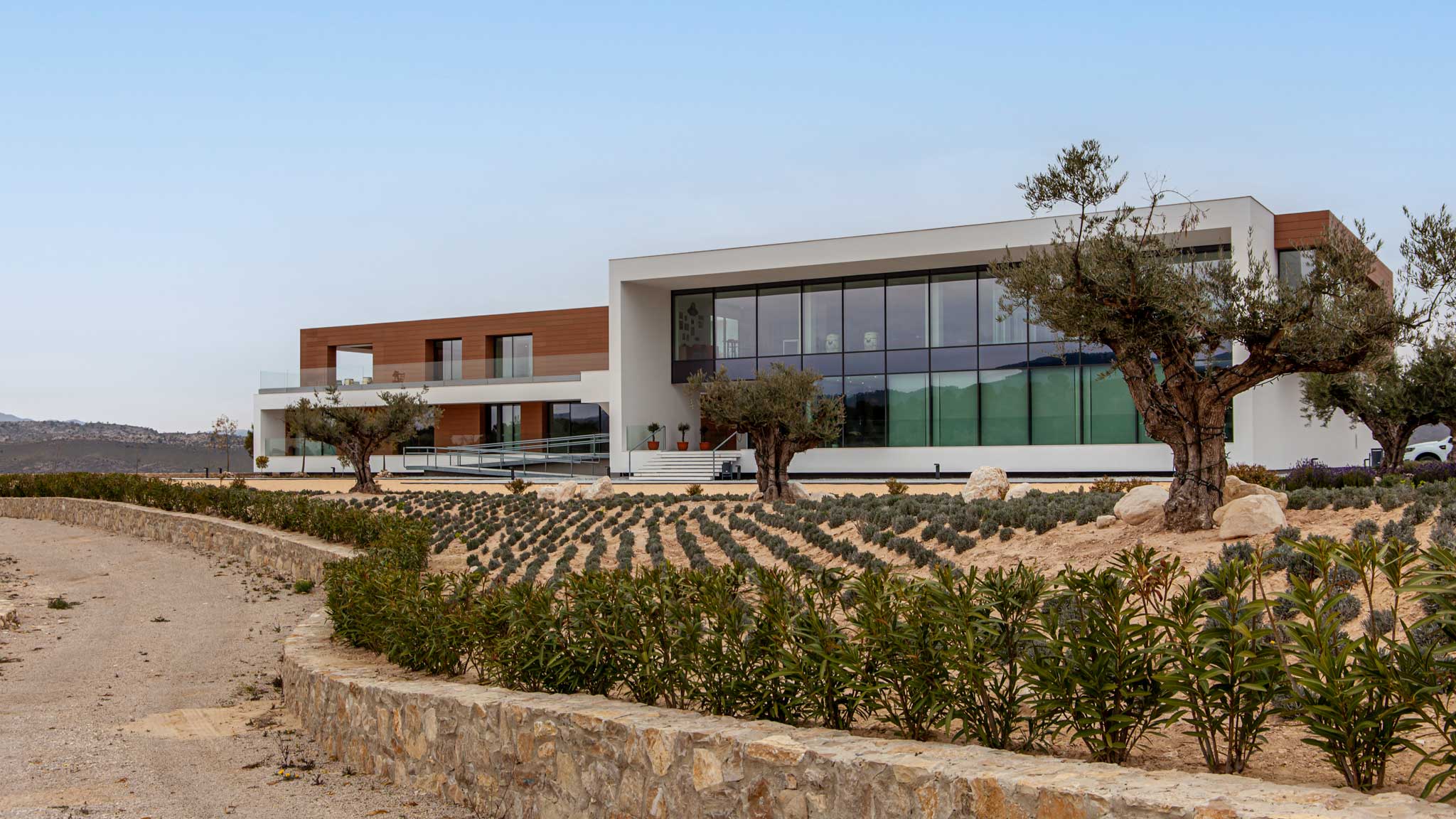
Jumilla
The most well known of the Denominación de Origen in Murcia, Jumilla provides another fantastic tasting stop on the Murcia Wine Route.
The town itself is flagged by the Jumilla Castle, a fortress sitting in prime position and offering incredible views of the surrounding winery’s, most of the tasting rooms and production spaces are on the town limits.
I’ll be honest, it started raining very heavily when we arrived at Jumilla, so we didn’t get to see much of the town itself, but my research seemed to imply most activities around here are wine and bodega focused – but luckily the rain didn’t stop our tasting journey from continuing.
Casa Rojo Winery
The Casa Rojo winery is a modern, glass-faced building that looms out of the vineyard as you approach it down the dirt-track.
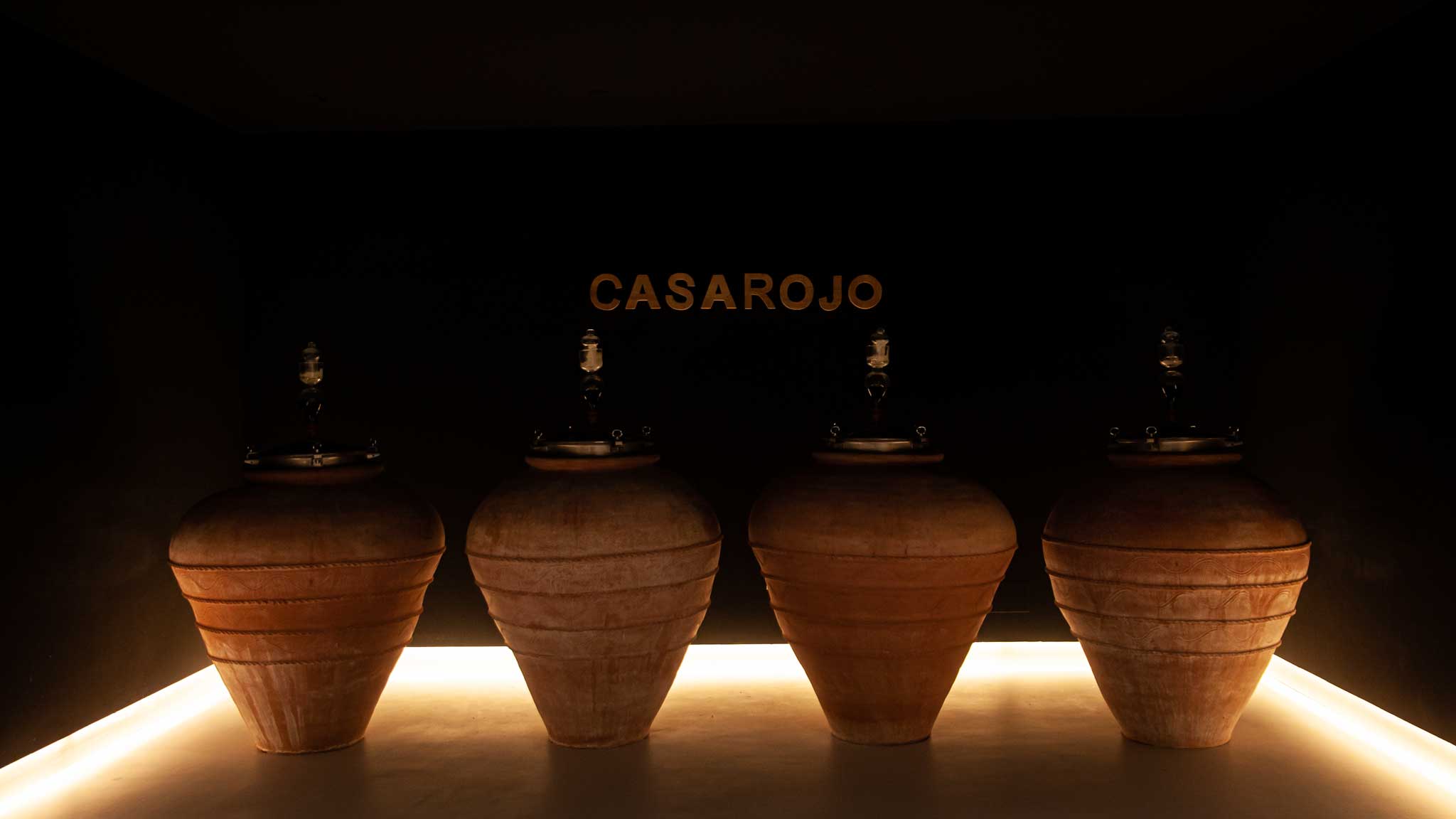
Combining traditional vats with modern stainless steel, historic touches with funky wine labels and re-purposed barrels as tables, it’s very much a ‘chic’ bodega to visit on the Murcia Wine Route. The wall of accolades on entrance reassures you these are wine markers that certainly know their stuff.
For around €50 you can enjoy a wine tour of the estate and facilities with expert Fran, followed by a delicious six-course tasting menu with pairings served by the lovely Mari Carmen Celdrán, a fantastic chef who was beyond welcoming. The stand out wine for me here was the Macho Man, complete in bottle depicting the character. There is a lot of personality and passion served up in the styling of the wines here, thankfully not at the expense of their taste.
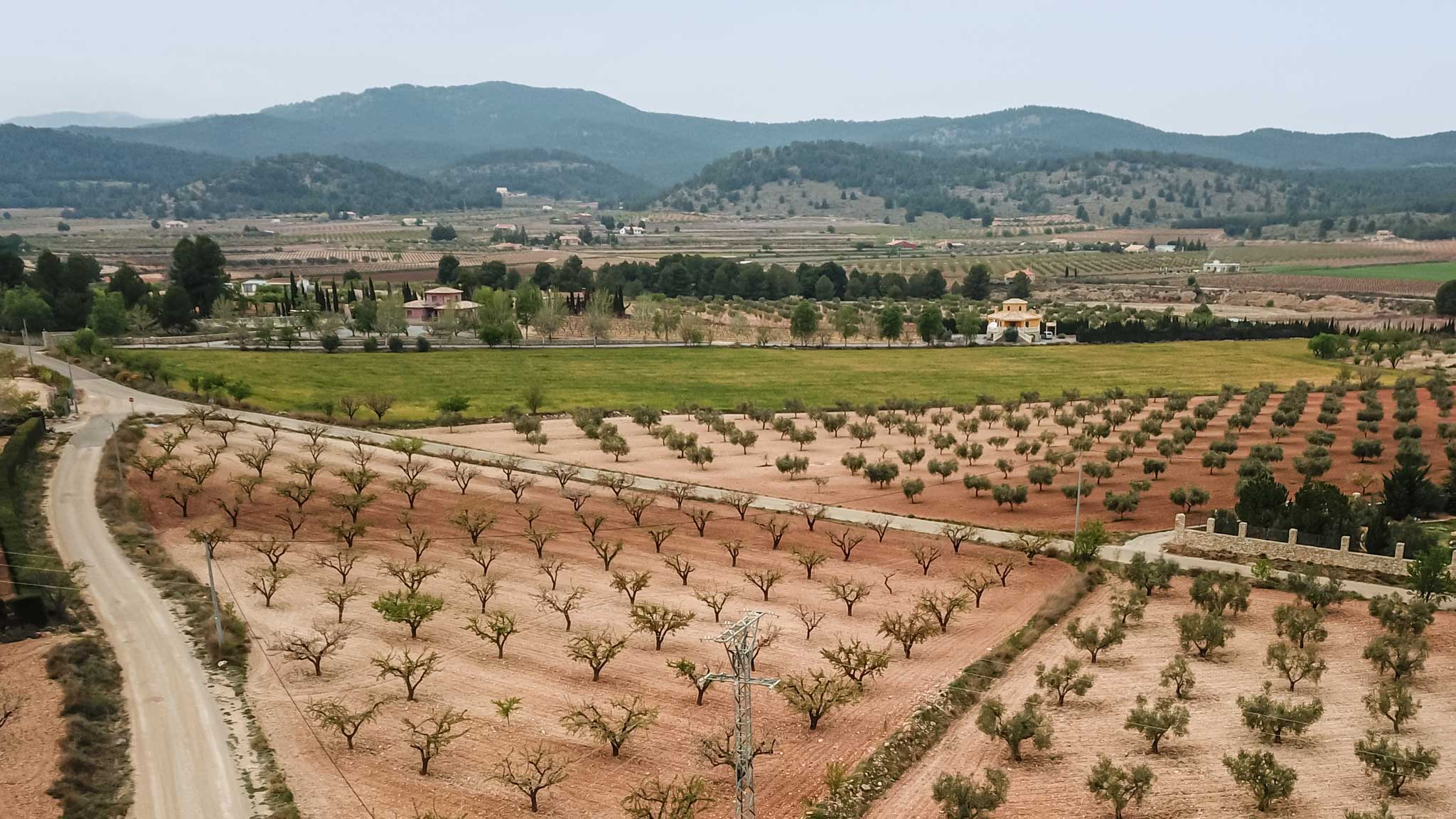
Bullas
Bullas is an alternative starting point, doing the above route in reverse, with the added bonus of the wine museum in Bullas which can fill you in on the history of the region and the grape, although you’ll need a grasp of Spanish.
The third Denominación de Origen in Murcia, Bullas has a variety of different climates and soils, so the vineyards in this region tend to have some slight differences in their grapes, noticeable to the trained taste-buds I was told.
The higher altitude of the town is accompanied by rolling mountains, many vineyards and orchards, and amongst these, you’ll find plenty of Roman excavation sites. Of course, the main reason people venture here though is to sample and learn more about the wine.
Lavia Winery
The final stop on our drive of the Murcia Wine Route was around 20-minutes outside Bullas. Driving through olive trees and almond blossoms, we crossed the rugged rock and arid land, amazed at how a delicious grape thrived in these circumstances. We were welcomed to Bodega Lavia by the friendly Gemma Gavin, who showed us around the site before bringing us to the tasting room, with wide windows looking out on the estate.
“We are a very small winery; our philosophy is we prefer the quality to the quantity” said Gemma, as she poured me another glass of their delicious Lavia Plus ruby red.
“We prefer the soul of Lavia in our wines. We prefer the terroir in our wines. We don’t use a lot of wood or things that can change the taste of the land”. The passion and pride every one we had encountered in Murcia can not be understated, sure the wines were delicious, but the intimate atmosphere of these encounters really made the Murcia Wine Route something special. That and an over-flowing car-boot full of wine!
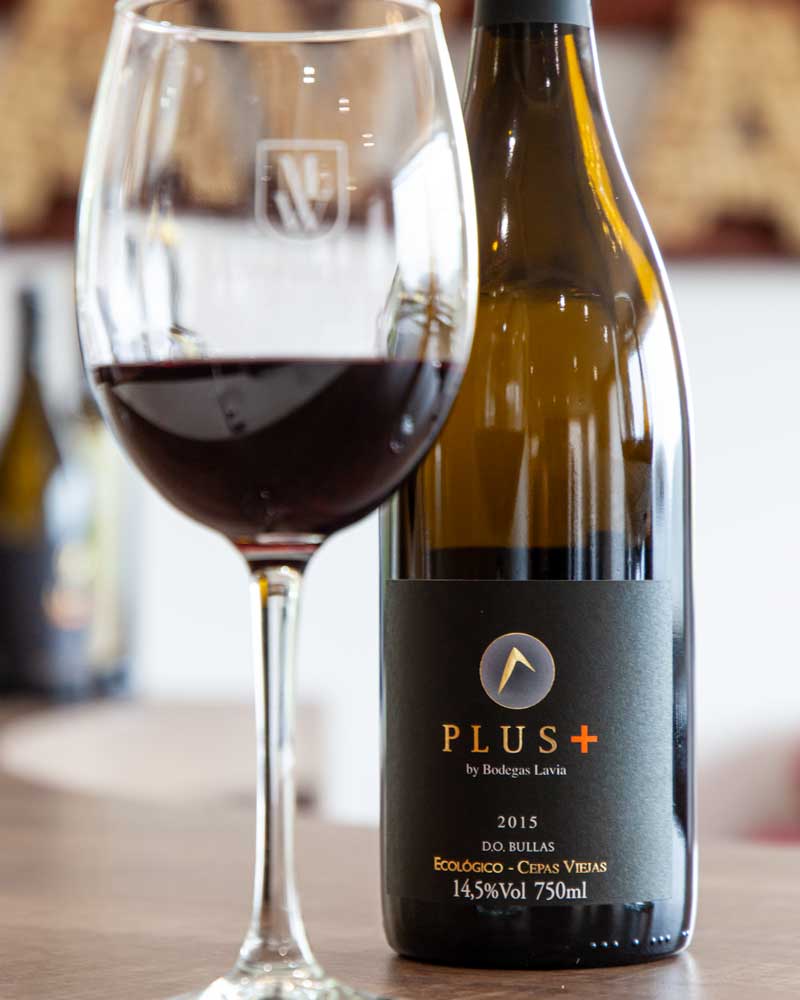
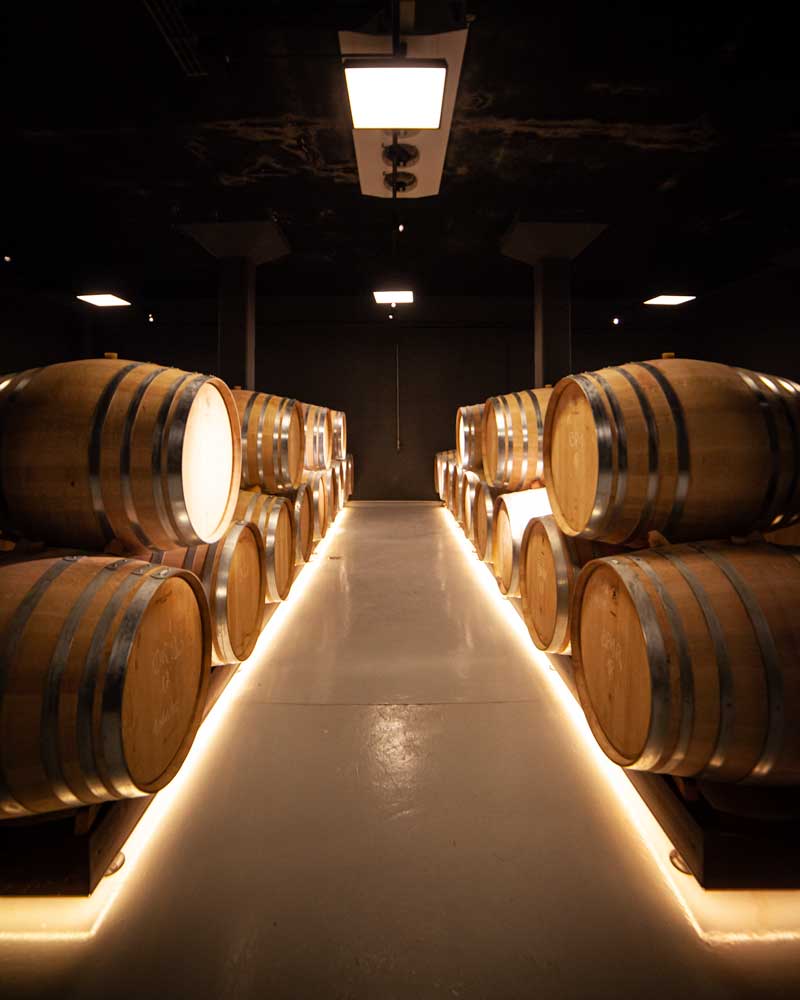
Visit the Wine Museum in Bullas
In Bullas you’ll find the Wine Museum. A space dedicated to the production and grapes of the Murcia Region. Here you can venture into the basement of the space, and see how wine was traditionally produced in underground terracotta vats. For now, most of the museum is in Spanish, although some information sheets are available in English.
One of the bonuses of starting your wine route tour here is you can collect information on local wine and food events, and your map of the wine route and various wineries that allow public visits.
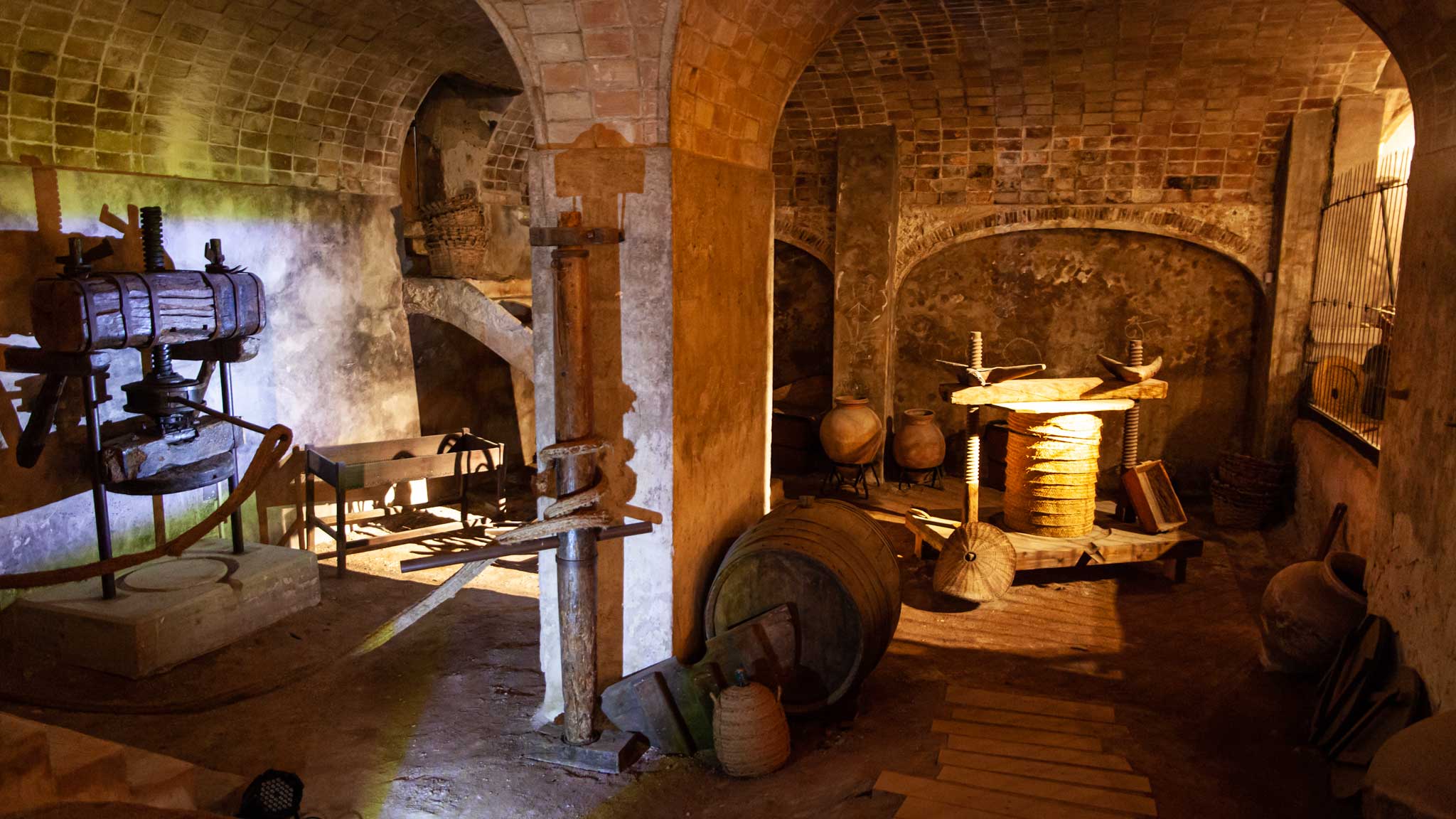
Where to stay in Bullas
Rather than spending the night in Bullas, we decided to continue our road-trip in Murcia and head straight on to the castle-town of Lorca.
In Lorca you can actually sleep in the castle at the Parador, something I’ve always wanted to do in Spain, so we booked a very reasonable night here where we enjoyed the fantastic restaurant, pools and bizarre feeling of being inside a walled castle at night.
One thing is for sure though; the Murcia Wine Region should be on your radar. Not only is Monastrell a delicious yet relatively unknown grape, but the warmth of the welcome in the region, and the fantastic value for money cuisine makes this a real winner. Enjoy sampling the delicious flavours of Bullas, Jumilla and Yecla.

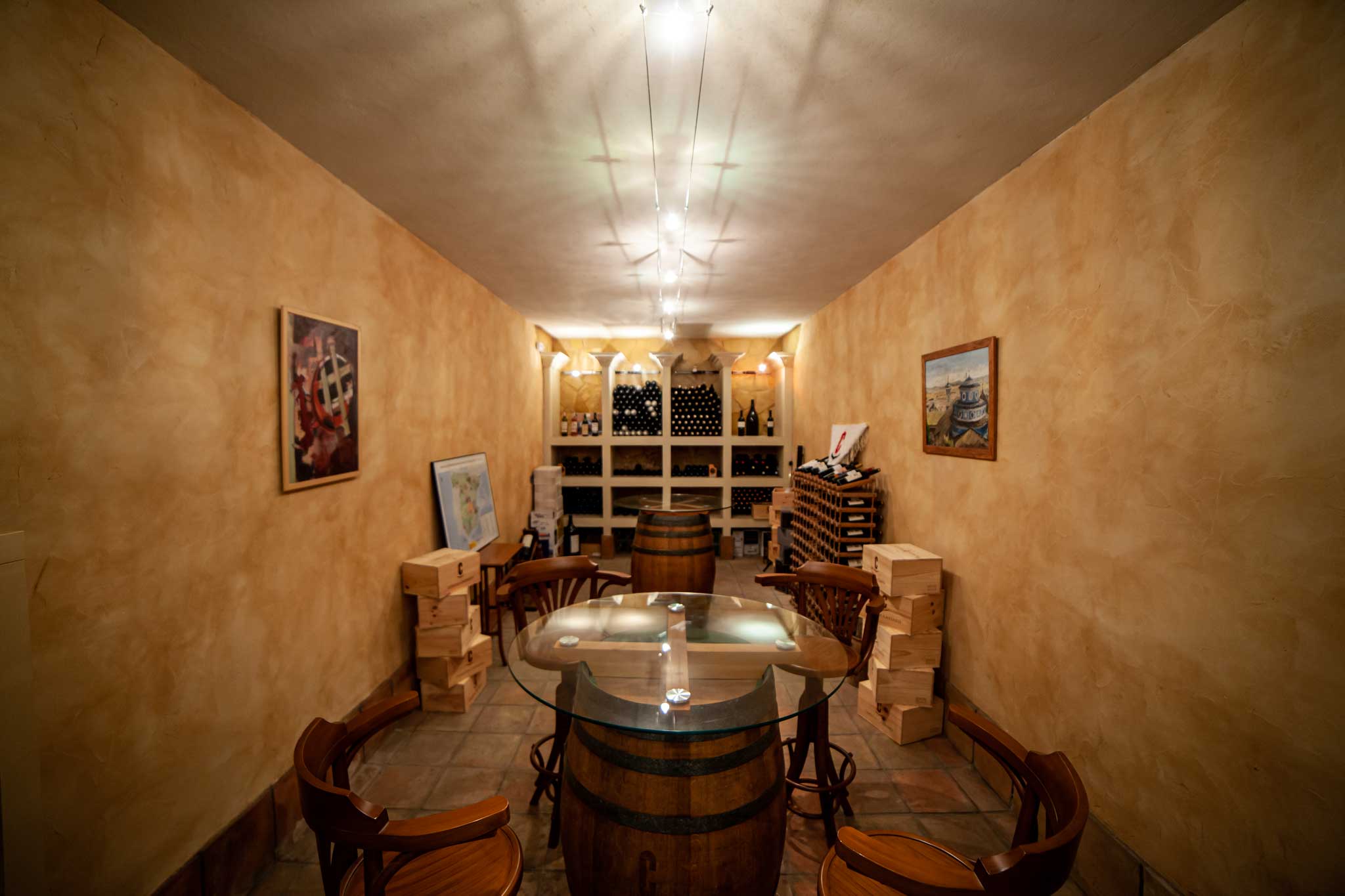



Leave a Reply
Want to join the discussion?Feel free to contribute!